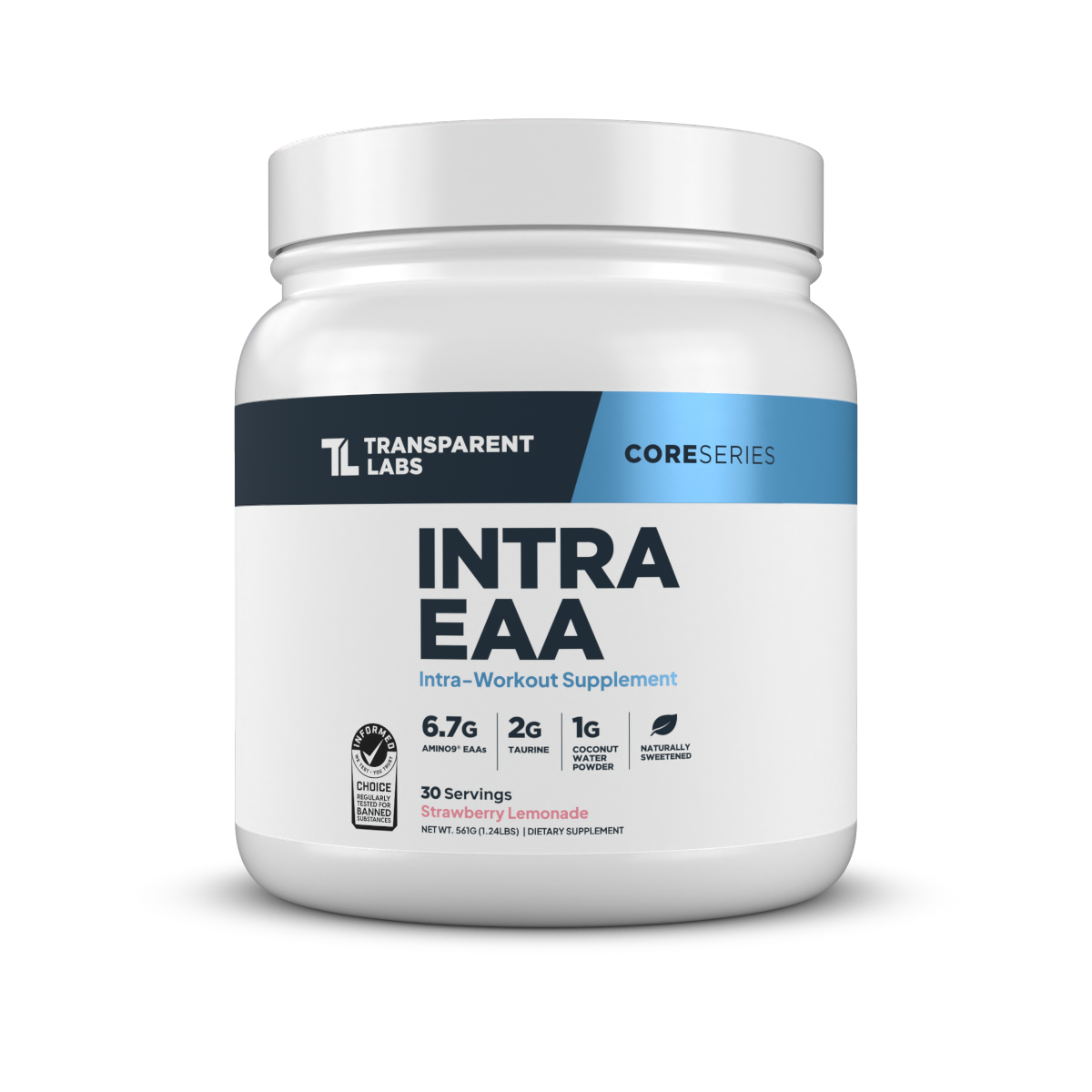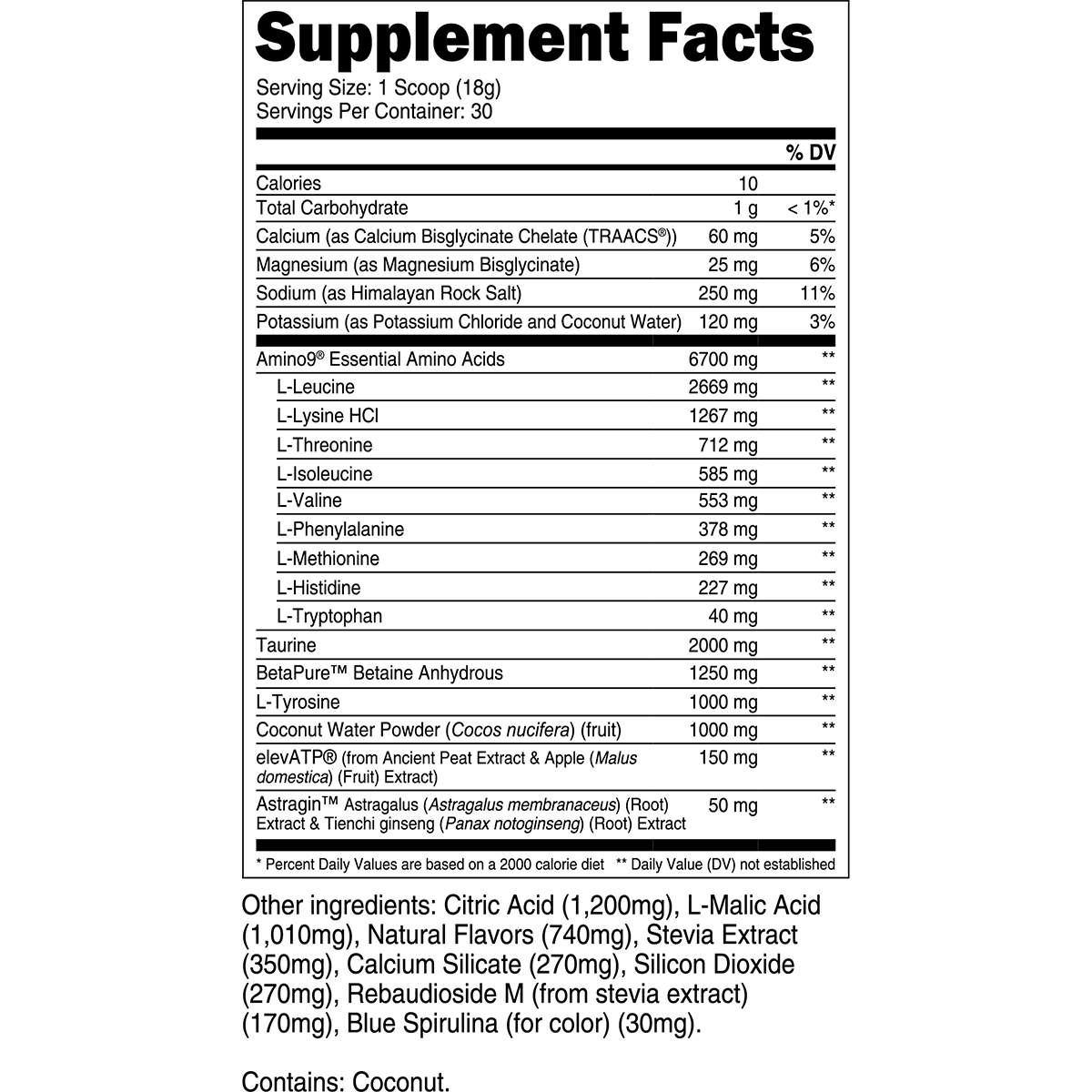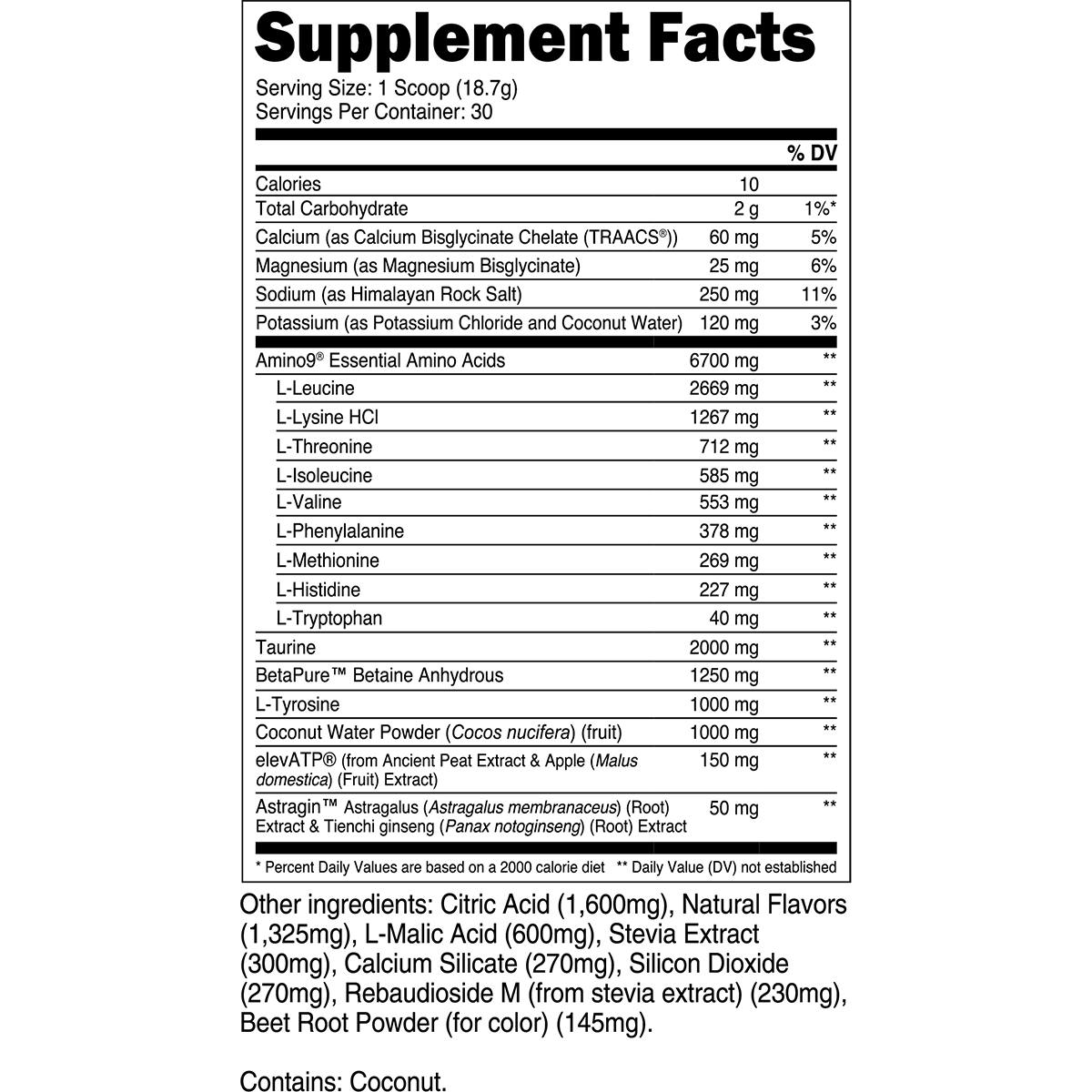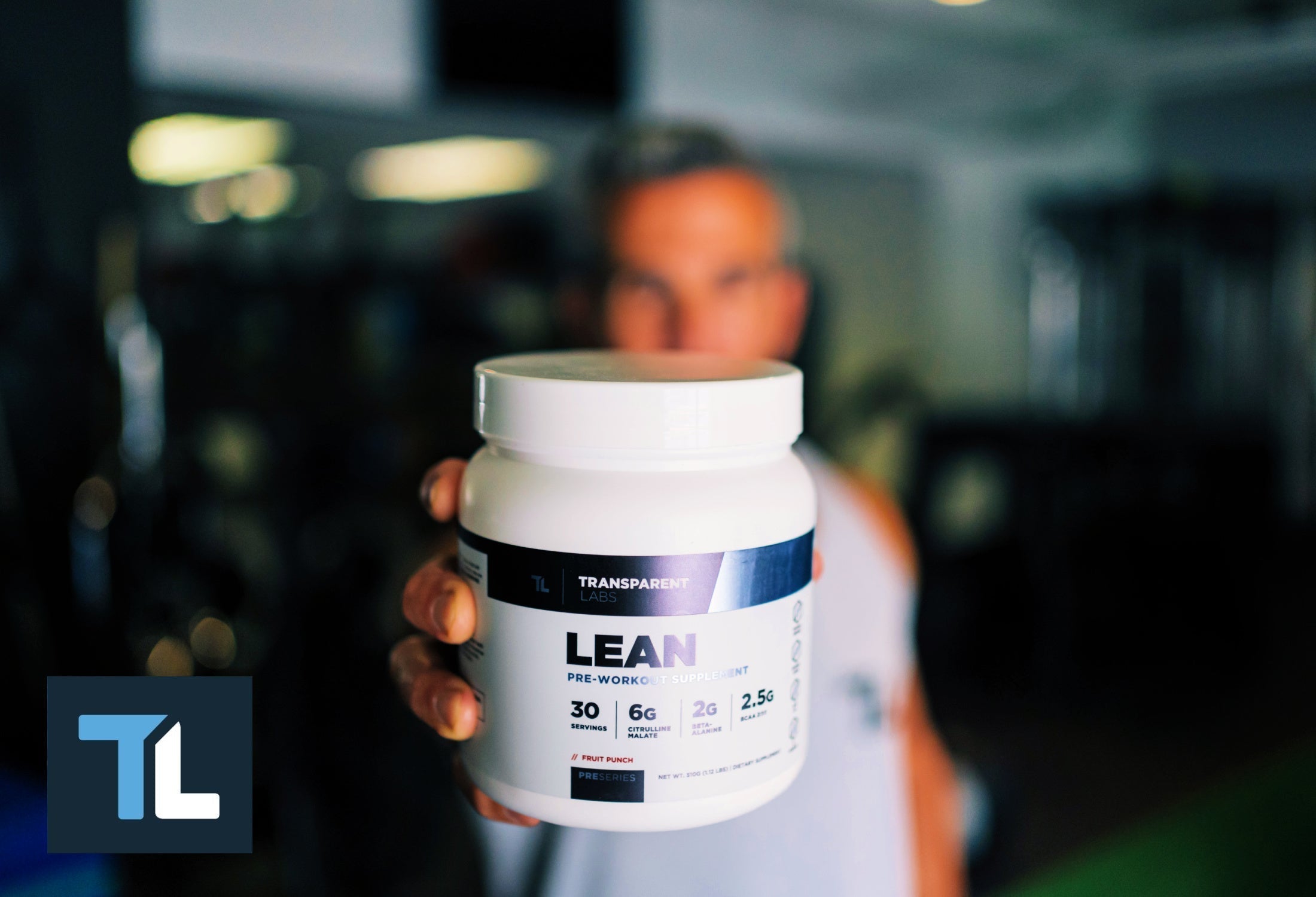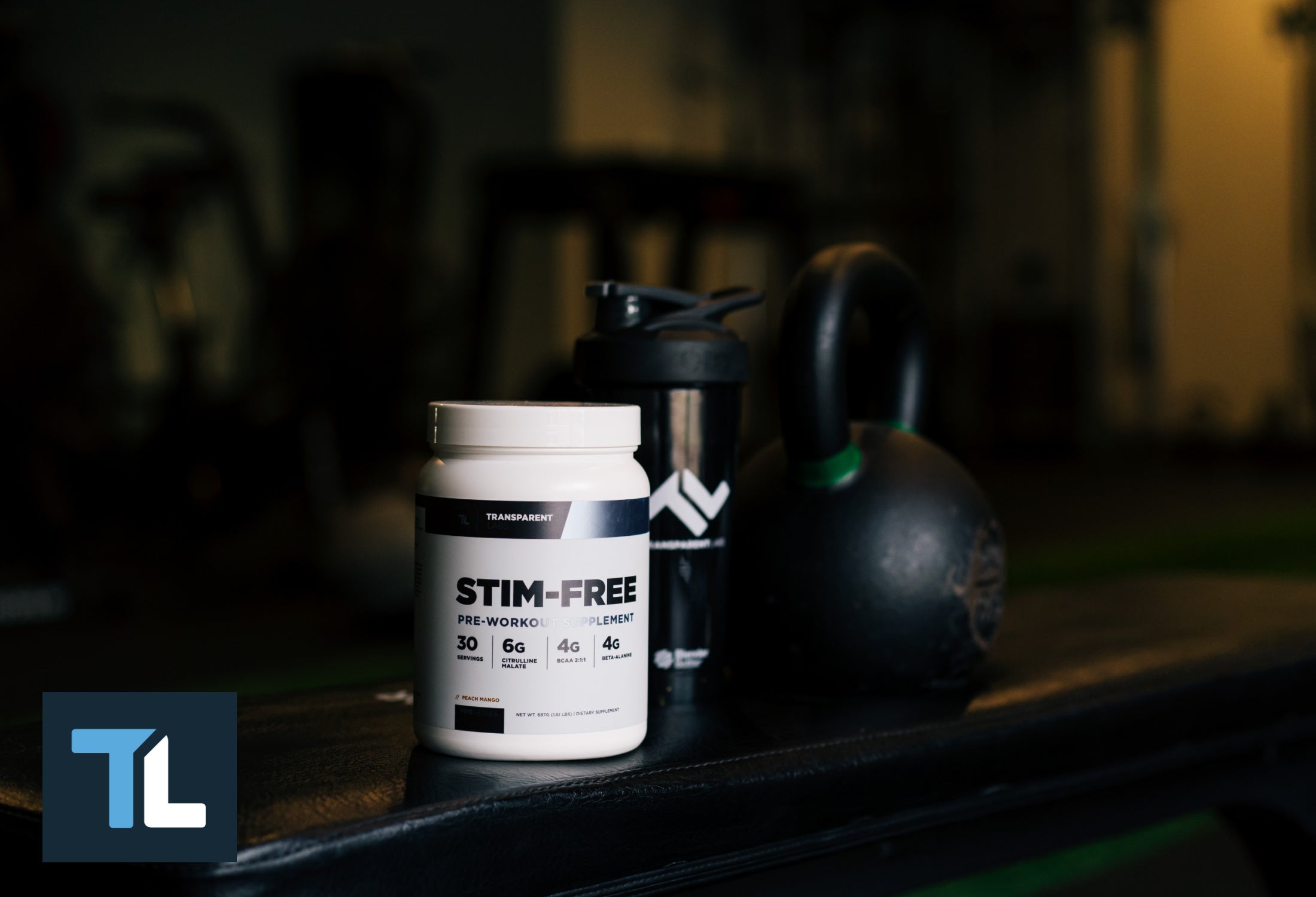The mixture of cardio and strength training causes a great deal of unnecessary confusion, even amongst experienced lifters and supposed experts. If you poll the most knowledgeable members of your gym when the club is at its peak capacity, and you were to ask them when the right time is to do cardio relative to lifting weights, you may get several answers grouped into a number of camps.
They’ll range from doing cardio before lifting, doing cardio after lifting, doing them on different days, or not even considering doing cardio if you have a goal built around boosting your muscle strength and size.
Despite this, there’s a real question as to whether or not you should be pairing cardio and resistance training, period. With this in mind, let’s tackle the question once and for all. Does cardio hurt my lifts, and if so, what can I do about it?
Defining Terms
If you want to determine whether or not cardio is hurting your lifts, it is more important than you might think to begin from a common understanding about what each of the terms in that sentence means. Specifically, the words “cardio,” “hurt,” and “lifts” can mean different things to different people, which is why it’s essential to understand these words from the perspectives of the researchers who have explored this issue.
What is Cardio?
The word “cardio” has fallen into such common usage that many people invoke it to refer to any exercise based on consistent movement for almost any purpose, even if the movement is short in duration, performed with tremendous force, or at very low intensity.
Even when speaking to people immersed in the world of fitness, you could refer to both your sprint to the mailbox and your casual hour-long walk through town as “cardio,” and few people would bat an eyelash. The fact is, neither of these definitions satisfies the definition of cardio as it was originally intended.
The critical facet of defining cardio is hidden within its name. Cardio — which is very clearly short for “cardiovascular” — requires the training of your heart and its adjacent system for the sake of their health.
Technically speaking, the most universally accepted definition of cardio requires the continuous training of your body in a range that raises your heart rate to 70 to 80 percent of its maximum. In fact, the American Heart Association generally uses cardio as a synonym for “aerobic,” which means to perform exercise “with air.” Specifically, it is continuous exercise that requires the ongoing intake of air in order to sustain itself.
Hidden within that definition is the natural limitation of the term. An exercise performed too casually will not raise the heart rate to the required degree. Furthermore, an exercise performed too aggressively will not be able to be sustained for a long enough period of time to satisfactorily condition the heart and its adjacent system.
The Caloric Component
While even the AHA defines cardio workout requirements to include walking, its minimum requirement of 150 minutes of cardiovascular training per week makes it clear that consistent movement is essential, since it would take workout averages of more than 20 minutes per day spread over seven days just to surpass this minimum requirement.
As a byproduct of most cardiovascular or aerobic training, a great many cardiovascular workouts force your body to burn calories. It’s not uncommon for cardiovascular workouts of the lowest acceptable intensity level to burn 100 calories or more for every 10 minutes of activity.
As a consequence of this, while calorie burning is not the defining characteristic of cardiovascular exercise, it is often the reason that many people opt to engage in cardiovascular training to begin with, noting that the elimination calories can lead to a reduction of weight, and an improvement in body composition.
What are Lifts?
If you’re mentioning your lifts, you’re likely referring to a form of resistance training, which is also a broadly applied term. Depending on your goals or objectives, you may participate in structured workouts that involve sets of resistance exercises ranging in rep counts from one to 30, and sometimes even more.
While lifts very often involve the movement of weights — either individual weights, weights connected to cables through pulley systems, or resistance provided through other devices — it can be quite possible for someone to say they are “going to lift” when the only weight they intend to hoist is their own body weight.
Under ordinary circumstances, when you measure the productivity of your lifts, you may be focusing on either the total number of repetitions you can complete with a certain quantity of weight, or the absolute maximum amount of weight you can lift in a single repetition.
More often than not, progress made through the completion of challenging bodyweight exercises is gauged by the number of repetitions that can be completed over a certain period of time, or in a single set. On the other hand, freeweight exercises like the bench press, deadlift, or squat are far more likely to be judged on the basis of the maximum amount that can be successfully raised in a single repetition — the one-rep max.
The Outcomes of Lifts: Size, Strength and Endurance
In order to assess the progress created by a lifting program, it’s common to focus on at least one of three measures of advancement, and often all three — size, strength, and endurance.
Many people who lift weights casually prioritize the acquisition of size over and above the other two attributes, considering them attractive byproducts to the increase of visible muscle mass. Then again, many athletes’ primary motivation behind lifting weights is to build their strength and endurance, while also welcoming the improvements in speed and conditioning that come along with them.
All the same, most will gladly welcome the growth of any additional muscle tissue that accompanies gains in the other two areas In light of this, it is reasonable to infer that when someone asks you if cardio is going to hurt their lifts, they may be asking if cardiovascular training is going to hinder their strength or endurance, or inhibit their ability to increase their muscle size.

The Effects of Cardio on Muscle Strength
Now that we’ve got the terms defined, we can evaluate the studies that have explored the pairing of cardiovascular training with strength training, and identified the extent to which cardio interferes with either the lifts themselves, or has diminished the sought-after outcomes.
Cardio and Strength
In a meta analysis of 43 studies examining the correct mixtures of cardiovascular training and strength to maximize the outcomes of each, it was found that engaging in cardiovascular training and strength training within the same sessions led to a significant reduction in peak explosive strength. (1)
These effects were less pronounced when training sessions were separated by at least three hours, lending credence to the idea that cardiovascular training and strength training should not be conducted during the same workouts if the intent was to maximize both strength and conditioning.
Adding to the intrigue of the study was the finding that engaging in cardio did not seem to interfere with the development of maximal strength. By definition, maximal strength is the maximum amount of weight you can lift, while explosive strength is the ability to rapidly generate force. In essence, concurrent sessions of cardio and resistance training only seemed to interfere with the ability to generate explosive power.
Cardio and Size
The same meta analysis that explored the relationship between the effects of cardio on strength training found that cardio did not seem to have the same limiting effect on size as it did on the generation of explosive strength. (1)
What this means is that as far as muscle creation goes, engaging in cardio within the same session as strength training does not interfere with your body’s process of breaking down muscle tissue, repairing it, and helping it to regenerate in a larger, stronger form.
Cardio and Calories
The other side of the relationship between cardio and its capacity to interfere with your lifts has to do with another feature of cardio that can disrupt the byproduct of lifts. Specifically, studies have proven that it is easier to grow muscles while you’re in a caloric surplus as opposed to when you’re in a caloric deficit.
Even when consuming a high protein diet — which maintains the high nitrogen balance required for you to grow new lean muscle tissue — it has still been proven that your muscle mass will increase in size even faster if you consume a calorie surplus of between 1,500 and 2,000 calories per day. (2)
A study evaluating the effects of different energy surpluses on muscle strength, muscle size, and skinfold thickness found that the high energy surplus group increased their one-rep max bench press faster than the moderate or maintenance consumption groups. (3) While the high energy surplus group also increased fat mass more rapidly, this study underscores the relationship between caloric intake and strength production.
What this ultimately means for your relationship with cardio is that engaging in regular cardio training can strip away calories that are vital to contributing to the growth of your muscles, and their contribution to your strength output.
Lifting also interferes with Cardio
For what it’s worth, the interference effect also works the other way, inasmuch as your lifts also interfere with your cardiovascular training output.
During a study where endurance exercise was performed after hypertrophic strength training and plyometric strength training, time to exhaustion was reduced, and significant decreases were observed in maximal voluntary muscle contraction and rate of force development. (4)
In essence, strength training reduces your body’s peak cardiovascular and aerobic potential, at least when the two forms of exercise are performed during the same session.
Keep Them Separated
Based on the available evidence, if you desire to maximize the potential of all of the positive outcomes associated with lifting while also engaging in regular cardio, your best bet is to keep your strength training and cardiovascular training sessions separated by at least three hours. This way, you can experience new lean muscle growth, while enjoying every element of strength that comes with it, and all while having the certainty that your heart will retain its healthy status.
Sources
-
Schumann, M., Feuerbacher, J.F., Sünkeler, M. et al. Compatibility of Concurrent Aerobic and Strength Training for Skeletal Muscle Size and Function: An Updated Systematic Review and Meta-Analysis. Sports Med 52, 601–612 (2022). https://doi.org/10.1007/s40279-021-01587-7
-
Slater GJ, Dieter BP, Marsh DJ, Helms ER, Shaw G, Iraki J. Is an Energy Surplus Required to Maximize Skeletal Muscle Hypertrophy Associated With Resistance Training. Front Nutr. 2019 Aug 20;6:131. doi: 10.3389/fnut.2019.00131. PMID: 31482093; PMCID: PMC6710320.
-
Helms ER, Spence AJ, Sousa C, Kreiger J, Taylor S, Oranchuk DJ, Dieter BP, Watkins CM. Effect of Small and Large Energy Surpluses on Strength, Muscle, and Skinfold Thickness in Resistance-Trained Individuals: A Parallel Groups Design. Sports Med Open. 2023 Nov 2;9(1):102. doi: 10.1186/s40798-023-00651-y. PMID: 37914977; PMCID: PMC10620361.
-
Conceição M, Cadore EL, González-Izal M, Izquierdo M, Liedtke GV, Wilhelm EN, Pinto RS, Goltz FR, Schneider CD, Ferrari R, Bottaro M, Kruel LF. Strength training prior to endurance exercise: impact on the neuromuscular system, endurance performance and cardiorespiratory responses. J Hum Kinet. 2014 Dec 30;44:171-81. doi: 10.2478/hukin-2014-0123. PMID: 25713678; PMCID: PMC4327368.

